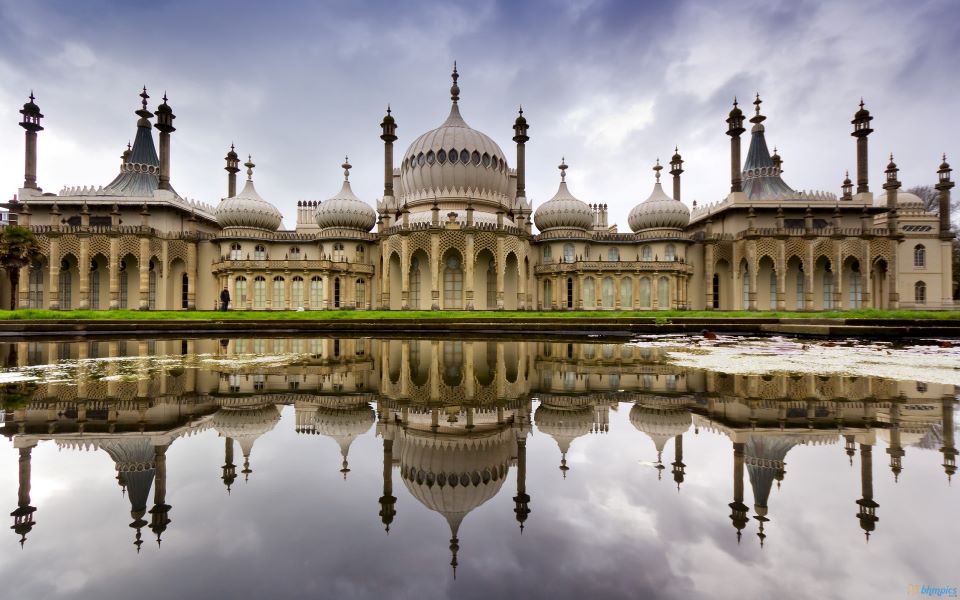
Impressionism is a term that came to designate the work of a diverse circle of artists who shared a desire for artistic independence and an allegiance to modern expression. Formed in the last quarter of the 19th century, this small, diverse group includedClaude Monet, Pierre-Auguste Renoir, Hilaire-Germain-Edgar Degas, Berthe Morisot, Paul Cézanne, and Camille Pissarro.
Over the span of 12 years (1874-1886) these artists mounted eight exhibitions, and although they quickly became known as the Impressionists, they never adopted an official name. Their Impressionist styles remained distinctive and diverse, but they shared common goals in their rejection of traditional academic ideals and their support of a modernist vision based on the experience of visual sensations and a personal point of view.
The following links provide rich, colorful images and detailed descriptions of the world's best-known Impressionist paintings. Explore the artwork of the original Impressionist circle, as well as beautiful paintings by Impressionist artists who followed in their footsteps.
Charles-François Daubigny painted this Impressionist landscape in the fresh, open air. See his vision of The Banks of the Oise.
Gustave Courbet created Impressionist paintings of his own life experiences rather than images of history or mythology. Take a peek into Gustave Courbet's life and paintings.
The Gleaners is an Impressionist painting of farm workers laboring in a rural landscape. See how Jean-François Millet's approach was both naturalistic and romantic.
Impressionist paintings by Edouard Manet created conflict between modernist views and conventional standards. Learn why Edouard Manet's paintings were often misunderstood.
Henri Fantin-Latour included images of Impressionist artists in his paintings, such as Edouard Manet and Claude Monet. Explore beautiful images of these paintings here.
Frederic Bazille's career as an Impressionist artist was cut short when he was killed in the Franco-Prussian war. Discover Frederic Bazille's unique style in this article.
Camille Pissarro began his Impressionist career as a plein air painter. Take a look at paintings by Camille Pissarro and see how his Impressionist style developed over the years.
Impressionist artist Pierre-Auguste Renoir had a sharp eye for contemporary detail. Check out colorful images of Pierre-Auguste Renoir's famous Impressionist paintings.
Many of the Impressionist paintings by Hilaire-Germaine-Edgar Degas are depictions of urban Paris and young dancers. See how Hilaire-Germain-Edgar Degas captured life with his paintbrush.
Gustave Caillebotte provided glimpses of Parisian life with his Impressionist paintings. Get swept away to the streets of Paris through these breathtaking images.
Paul Cézanne participated in only two Impressionist exhibits, as he desired to be a more independent artist. Find out how paintings by Paul Cézanne differed from other Impressionist paintings.
Georges Seurat's paintings took a different approach to Impressionism, pioneering a more structured style known as Neo-Impressionism. View images of Georges Seurat's amazing paintings here.
Eugene Boudin's La Plage de Trouville is an Impressionist painting that portrays tourists on a beach resort. Catch a glimpse of the seaside through Eugene Boudin's eyes.
The Impressionist paintings by Berthe Morisot display her strong command of color. See images of the beautiful artwork by this female Impressionist painter.
Alfred Sisley was a dedicated plein air Impressionist painter. In this article, take a look at some of the landscapes painted by Alfred Sisley.
Mary Cassatt was the first and only American in the original Impressionist circle. Learn how Mary Cassatt captured the lives of middle-class women in her colorful Impressionist paintings.
Impressionist painter Paul Gauguin found his own mode of expression later in his artistic career. Check out images of Impressionist paintings by Paul Gauguin.
Paul Signac combined classic Impressionism and Neo-Impressionism in his paintings. Observe his use of both styles in these images of his Impressionist paintings.
Much of Odilon Redon's work in the last Impressionist exhibition was done in charcoal on paper, such as the piece entitled Profil de Lumiere. See this mysterious and stunning piece of art in this article.
Paul Sérusier used color and intense hues in an imaginative way, shown in his Impressionist painting The Talisman. Get inspired by Paul Sérusier's unique approach to Impressionism.
Scenes of Parisian nightlife were often the subject of Impressionist paintings by Henri de Toulouse-Lautrec. Visit Parisian cafés, circuses, and cabarets through these images.
This Impressionist painting by Emile Bernard shows his sister resting by a river. View the scene inMadeleine in the Bois d'Amour.
Stanislas Lepine painted a serene view of the river in his Impressionist painting Banks of the Seine. Get lost in the relaxing reflections on the water displayed in this painting.
Jean-Baptiste Armand Guillaumin's Setting Sun at Ivry depicts both nature and industry in an Impressionist style. Check out this article to see his image of a modern landscape.

